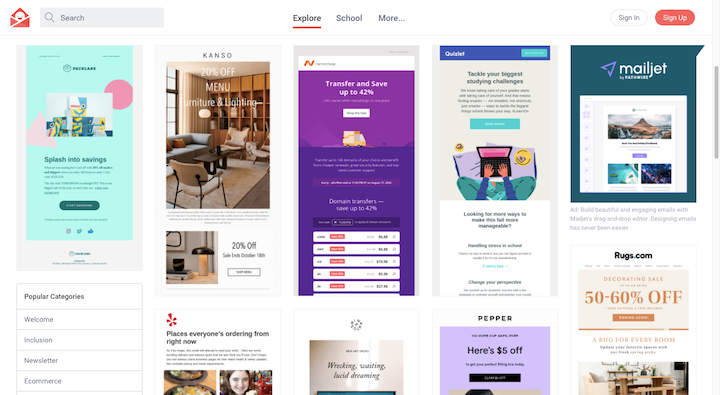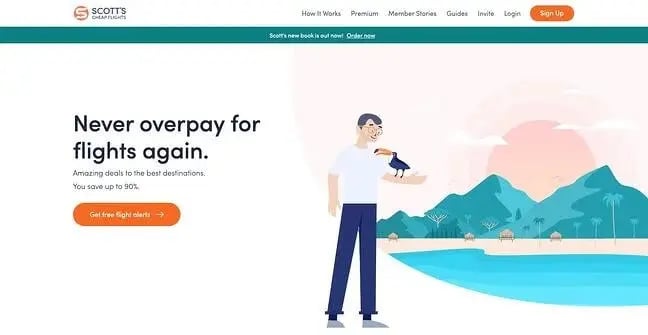Achieve Online Success With User-Friendly Internet Site Style
In the significantly competitive digital landscape, the layout of a web site can be a crucial aspect in determining a service's success. User-friendly design not just enhances the total individual experience yet also influences crucial metrics such as interaction, conversion, and retention prices. By focusing on intuitive navigation and access, companies can promote a much more inclusive setting that allures to a broader target market. Nevertheless, comprehending the certain concepts and functions that contribute to reliable design calls for a better assessment of existing patterns and best practices, which can expose chances for considerable renovation.
Value of User Experience
User experience (UX) plays a crucial role in the success of a site, as it straight influences customer fulfillment and involvement. A favorable UX makes certain that site visitors can browse the website easily, access details quickly, and complete wanted activities, such as making a purchase or authorizing up for a newsletter, without disappointment.
In an electronic landscape where competition is fierce, a website that focuses on UX can dramatically improve brand name loyalty and retention. Customers are more likely to go back to a site that offers a seamless experience, developing a cycle of repeat brows through and increased client life time value. Furthermore, effective UX style can decrease bounce prices, as customers are much less inclined to leave a website that fulfills their requirements successfully.
Additionally, search engines significantly consider user experience elements when ranking sites. Therefore, investing in individual experience is necessary for accomplishing lasting success in the electronic market.
Trick Concepts of User-Friendly Layout
An effective user-friendly design hinges on numerous key principles that boost functionality and accessibility. Primarily is simplicity; a clutter-free user interface enables users to browse effortlessly, minimizing cognitive lots. This principle emphasizes the value of clear and succinct material, permitting users to find information promptly without unnecessary disturbances.
Uniformity is another essential component. Consistent usage of colors, designs, and font styles fosters knowledge and builds trust. Individuals need to feel comfortable as they discover various sections of the web site, knowing that comparable components symbolize relevant capabilities.
Effective typography also plays a critical duty in easy to use style. Understandable font styles, appropriate dimensions, and appropriate spacing ensure that web content is quickly legible throughout various tools. Integrating user-friendly visual power structures aids individuals determine key information and activities at a glance.

Essential Features for Navigation
Effective navigating is vital for any easy to use site, as it straight affects the total individual experience. A well-structured read what he said navigation system allows individuals to locate info quickly and successfully, lowering stress and boosting interaction.
One essential function is a instinctive and clear menu that categorizes material rationally - website design copyright. This food selection should be quickly available from every page, typically positioned at the leading or on the side of the web site. Additionally, including breadcrumb navigating aids customers comprehend their place within the site power structure and makes it less complicated to backtrack
Browse performance is one more vital part, making it possible for users to locate details material without looking through several pages. This attribute needs to be prominently presented and receptive to variations in input.
Moreover, a mobile-responsive layout makes sure that navigating continues to be smooth across devices. As mobile usage proceeds to rise, food selections must adjust to various display sizes without endangering functionality.
Lastly, visual hints such as highlighting the energetic web page and making use of hover impacts can enhance individual interaction. By integrating these vital attributes, web site developers can create a navigational experience that is not only straightforward however likewise encourages exploration and retention.
Access Considerations
Access factors to consider are integral to producing an easy to use internet site that satisfies all individuals, despite their capacities or disabilities (website design copyright). Web sites should be made to make certain that users with aesthetic, acoustic, cognitive, or motor problems can engage with material effectively. This begins with adherence to the Internet Content Access Guidelines (WCAG), which offer a structure for making digital content much more available
Key methods consist of making use of descriptive alternate message for photos, making sure shade comparison ratios satisfy availability requirements, and giving captions for multimedia aspects. Additionally, the navigation needs to be intuitive, allowing customers to navigate to this site tab via links and interactive aspects conveniently. Applying key-board navigating is vital for those unable to utilize a mouse.
Additionally, concise and clear language improves comprehension for users with cognitive constraints. Kinds should be uncomplicated, with tags and instructions that are simple to understand. Normal access screening, consisting of user comments from individuals with disabilities, can aid boost and identify obstacles usability.
Gauging Style Success

Customer responses studies and functionality screening are crucial in evaluating the efficiency of style aspects. These approaches enable developers to collect straight input from customers, identifying pain factors and areas for improvement. Additionally, tracking heatmaps can expose where users click most often, aiding to educate format changes and content prioritization.
Google Analytics can track user actions, revealing patterns that show whether the layout is assisting in or preventing the individual journey. Eventually, a successful website layout not only meets company goals yet also cultivates a smooth and delightful individual experience, driving interaction and commitment over time.
Conclusion
Focusing on individual experience through simpleness, user-friendly navigating, and effective comments systems not just improves user interaction and fulfillment yet also promotes brand commitment. Including important navigation functions and availability considerations better ensures that all individuals can successfully communicate with the site.
Internet sites must be developed to guarantee that customers with aesthetic, auditory, cognitive, or motor problems can engage with material properly.Determining design success involves assessing exactly how successfully a site satisfies its intended goals while providing a favorable individual experience. Google Analytics can track user habits, revealing patterns that indicate whether the style is facilitating or hindering the user trip. Eventually, a successful website layout not only satisfies organization objectives but likewise cultivates a seamless and satisfying individual experience, driving involvement and commitment over time. Focusing on user experience through simplicity, intuitive navigation, and efficient responses devices not only enhances individual involvement and fulfillment yet additionally fosters brand commitment.